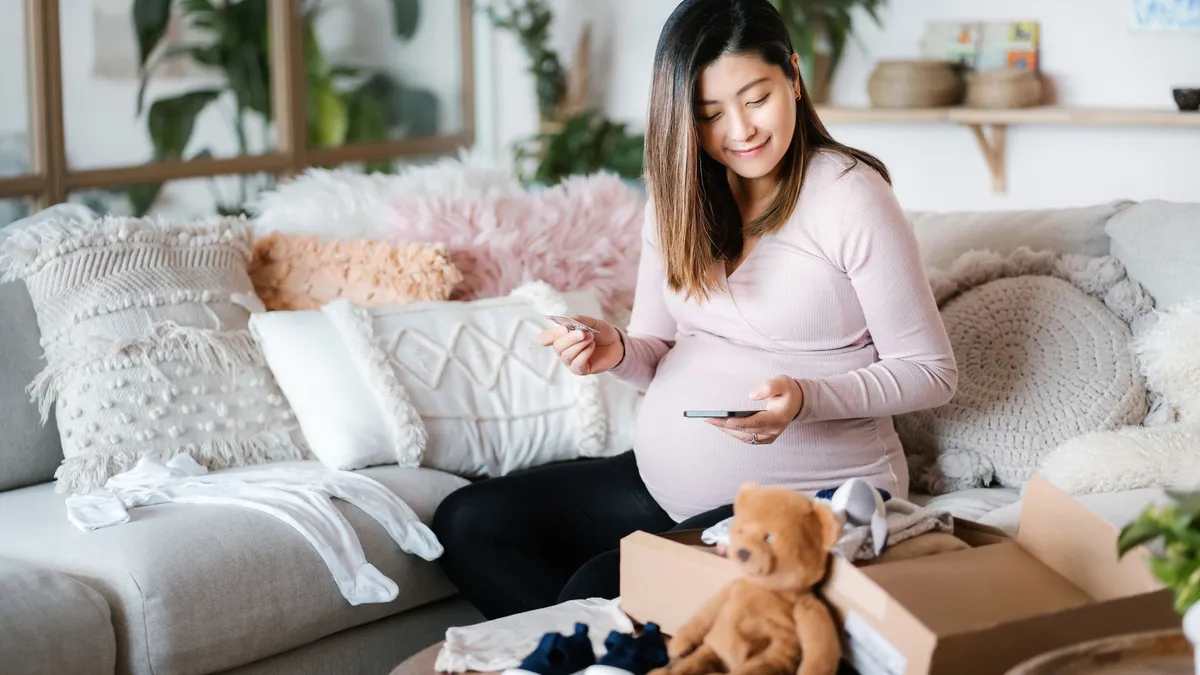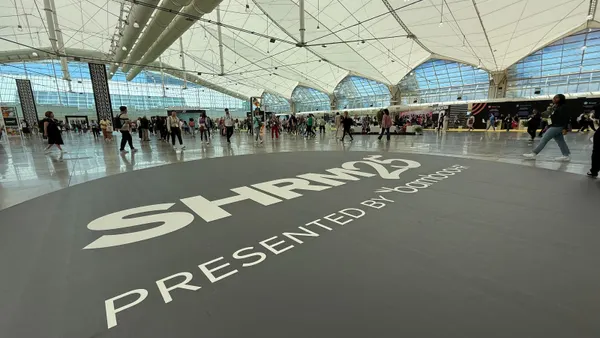Dive Brief:
- Seventy-four percent of women surveyed by disability insurance company Breeze said they wouldn’t have any cash savings left after eight weeks of unpaid maternity leave, the company announced in late July.
- Despite the financial burden, many respondents were hesitant to divert other forms of leave or compensation to help cover costs. Fifty-four percent would consider taking out a personal loan or drawing from an investment account, and 49% said they would draw from a retirement account. But less than half would take a pay cut, sacrifice some of their paid time off, give up their retirement plans, or give up health, vision or dental insurance, Breeze found.
- Respondents also rated how much of a career setback they would experience from maternity leave on a 10-point scale, with most rating the leave a 5, indicating they expected a moderate impact on their careers.
Dive Insight:
The United States lags far behind other developed countries in providing paid maternity leave; according to the OECD Family Database, it is the only developed country not to guarantee such leave. In fact, it is one of only a few countries in the entire world — most of which are tiny Pacific island nations — to lack such a law. The U.S. does guarantee unpaid maternity leave through the Family and Medical Leave Act, however.
While paid maternity leave is not mandated at the federal level, many employees have access through mandates in 11 states and the District of Columbia or through voluntary benefits. But private companies have plenty of ground to make up in their benefits offerings: According to March 2021 data from the U.S. Bureau of Labor Statistics, only 23% of private industry workers had access to paid family leave.
For employers that have worked to retain and attract employees in a tight labor market, offering paid parental leave has been a way to communicate values and edge out competition. As with many other benefits, tech has been at the forefront of offerings; this year, Google expanded its paid leave for birthing parents from 18 weeks to 24 weeks and Pinterest increased its leave to 26 weeks. Twitter has provided 20 weeks of paid parental leave since 2016.
Workers in lower-paid roles — those arguably most in need of paid parental leave — are least likely to have access. Per the Bureau of Labor Statistics data, only 12% of private industry workers making wages in the bottom 25% had access to paid family leave, while the number shrunk even further to 6% of workers in the bottom 10%.
Even when front-line hourly employees of color have work-life benefits like leaves of absence and parental leave available, nearly half (45%) said they don’t feel they can take advantage of them without “jeopardizing their employment or career advancement,” according to a recent McKinsey & Co. report.















